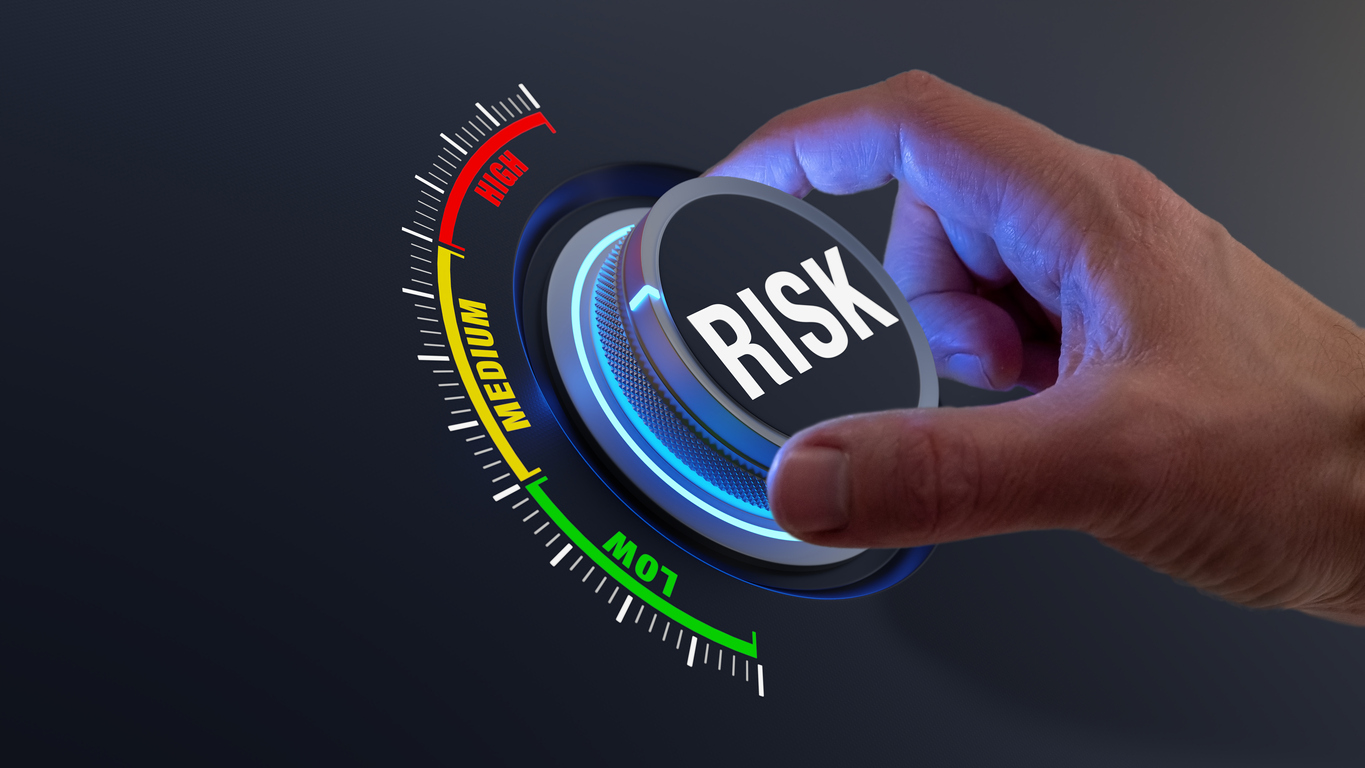
When it comes to trading, whether it’s in stocks, commodities, or forex, the ability to manage risk effectively can make the difference between long-term success and failure. In both long and short trades, understanding the inherent risks and implementing strategies to mitigate them is crucial for traders of all experience levels. This article delves into the importance of risk management, offering valuable insights into how to protect your investments in long and short positions.
Understanding Risk in Long and Short Trades
Long and short trades come with their unique sets of risks, which traders must understand before engaging in either strategy. In long trades, where an investor buys an asset with the expectation that its price will rise, the primary risk lies in market volatility. The asset may fail to appreciate as expected, leading to losses. Overleveraging is another significant risk in long trades, as traders might borrow funds to amplify their positions, only to be hit with margin calls if the market moves against them.
On the other hand, short trades carry the risk of unlimited losses. This is because when you short-sell an asset, you borrow it to buy it back at a lower price. If the asset’s price rises instead of falling, there is no upper limit to the potential loss. This makes short selling inherently riskier than long trading. Additionally, traders engaging in short selling may face the possibility of a short squeeze, where an asset’s price rises rapidly due to short sellers buying back shares to cover their positions. To get started, learn about it here.
Essential Risk Management Strategies
Effective risk management begins with a clear understanding of the tools and strategies available to traders. One of the most important strategies is the use of stop-loss orders. A stop-loss order automatically sells an asset when it reaches a predetermined price, limiting the trader’s loss. This tool is invaluable for both long and short trades, protecting volatile markets. Traders should always place stop-loss orders based on their risk tolerance, ensuring they are not too tight to avoid being triggered by small market fluctuations.
Another key strategy is determining the right position size. In trading, the size of each position relative to a trader’s overall portfolio is critical to managing risk. If a trader allocates too much capital to a single position, the risk of a substantial loss increases. Position sizing should be aligned with one’s risk tolerance and the potential volatility of the asset being traded. Diversification also plays a crucial role here, as it helps spread risk across different assets, reducing the impact of a loss in any one position.
Managing Volatility and Market Movements
Markets are inherently volatile, and understanding how to manage this volatility is a key aspect of risk management. Identifying signs of high volatility and adjusting trading strategies accordingly can help mitigate risks. For example, during periods of heightened volatility, it may be prudent to reduce position sizes or widen stop-loss orders to accommodate larger price swings. Traders should stay informed of upcoming market events or economic reports, as these can trigger sudden price movements that could lead to significant losses if not properly managed.
Technical analysis is an essential tool for managing risk in volatile markets. By using chart patterns, support and resistance levels, and key technical indicators like moving averages, traders can assess where an asset’s price may be headed and adjust their strategies accordingly. For instance, a trader might enter a long position if an asset bounces off a strong support level, signalling potential for an upward movement. Conversely, a break below support might indicate a bearish trend, prompting the trader to exit or hedge their position.
Psychological Factors in Risk Management
The psychological aspect of trading is often overlooked but plays a pivotal role in risk management. Emotions like fear, greed, and impatience can cloud a trader’s judgment, leading to poor decision-making. Fear can cause traders to exit positions too early, locking in small profits or taking losses prematurely. On the other hand, greed can lead to overexposure, where a trader risks more than they can afford in the hope of larger gains.
Discipline is crucial for successful risk management. Traders must stick to their trading plans and avoid impulsive decisions driven by emotions. Establishing a routine and adhering to a well-thought-out strategy helps ensure that risk management techniques are consistently applied. For instance, a trader might pre-define their entry and exit points before entering a trade and avoid adjusting these points based on short-term market movements.
Conclusion
Risk management is the cornerstone of successful trading. By understanding the unique risks associated with long and short trades and applying effective strategies, traders can protect their capital and increase their chances of long-term success. From using stop-loss orders to applying advanced risk assessment models, there are many tools available to help traders stay safe in the markets. Emphasising discipline, emotional control, and continuous learning can further enhance a trader’s ability to navigate the unpredictable world of trading.





